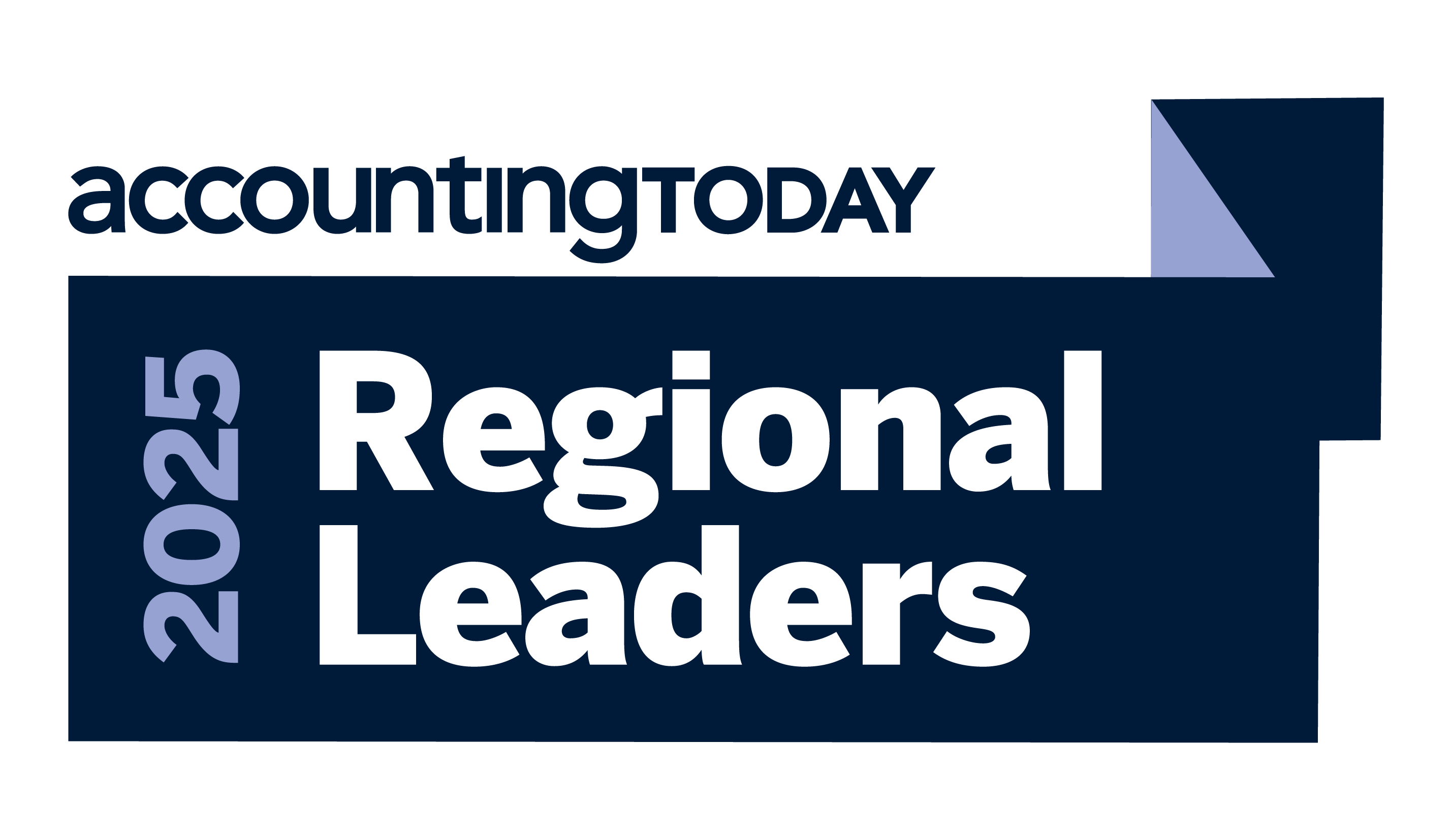Insights
We are proud to be named a West Coast Regional Leader for 2025


Human-centered strategies for generative AI in the classroom
ARTICLE | February 12, 2025
Authored by RSM US LLP
Many educators continue to fear students' misuse of generative AI, as artificial intelligence tools are banned in many schools. However, educators must reposition generative AI as a tool that facilitates, rather than hinders, students’ learning.
Education is still reacting
A common and understandable response from educational institutions following the emergence of generative AI was to restrict students’ use of these tools until leaders could assess their impact on the educational experience. The ability of generative AI to summarize readings and complete writing assignments was immediately obvious and seized upon by students virtually overnight. However, as generative AI tools like ChatGPT have evolved from novel, promising curiosities to mature, feature-rich products, patterns of how students use these tools—and educators’ attitudes toward them—largely remain unchanged.
Consider educators’ use of AI detection tools to seek potential instances of plagiarism in students’ work. The market for these tools is growing rapidly. But persistent rates of false positives in these tools present a unique challenge to leveraging them to uncover cases of academic misconduct. When the consequences for unauthorized use of AI range from receiving a failing grade to expulsion, these false positives can derail a student’s entire academic career. Of greater concern is that false positives are not distributed equally among students. AI detection tools incorrectly flag writing samples from non-native English speakers and neurodivergent people at a disproportionately high rate. These false positives can contribute to the inequity in education outcomes that marginalized groups already face.
Many educators position generative AI as a threat that must be managed. But operating with this reactive view can lead to a degraded educational experience for everyone involved.
Disruptive learning technology
Looking to the past provides clues as to what the future looks like in the age of generative AI. Proponents of AI draw parallels to attitudes toward handheld calculators in decades past. While calculators’ broader utility was clear, mathematics educators were concerned about introducing the tool into their classrooms, citing fears that its convenience would prevent students from developing fundamental mathematical skills. These fears, however, never materialized. Studies conducted in the years following the introduction of calculators to the classroom found that supplementing mathematics education with calculators improved students’ learning outcomes and attitudes toward math throughout most of their K-12 education.
Educators learned to emphasize that calculators are tools that support students who have done the work that only they can do. As with prior tools, educators will enhance their students’ experiences using generative AI when they center these experiences on the students themselves.
Centering the human experience
Finding opportunities to center the people using generative AI starts by understanding what generative AI does and how that limits the tool. To generate text, tools like ChatGPT simply iterate word-by-word using probabilities derived from analyzing vast amounts of text on which the platform has been trained. Generative AI tools mimic human writing because they pick from the words a human would most likely write next based on what humans have written in the same context previously.
This strategy inherently precludes these tools from generating new ideas. After all, an idea that has not yet been conceived fundamentally cannot appear in text for the AI to train on. Generative AI tools may seem as though they are capable of reasoning and creativity, but they are merely reconstructing content that humans have created.
With this new technology’s well-defined boundaries, educators can reframe generative AI as a tool to support students’ learning. Educators should define goals that emphasize the unique human skills students will be expected to develop and then identify how generative AI might help with those goals.
For example, educators can develop a student’s ability to research and think critically about a subject, craft a thesis establishing a position on the matter and present arguments supporting that thesis. The goal is for students to communicate and demonstrate their ability to think deeply about a topic and support their thoughts. Educators can recommend specific use cases for generative AI to support their students’ development.
Students can focus on creating a well-crafted, detailed outline that organizes their thoughts and the points that support them. From there, students can run parts of the outline through a generative AI tool to generate cohesive text that connects the points. These pieces can form an initial draft that students edit to better meet their vision for the final draft. This workflow provides students with a framework for their thoughts without offloading the task of developing those thoughts themselves. Educators can reinforce the importance of carefully building a detailed outline by showing examples of text that AI generates, demonstrating that the quality of the generated text improves as students put more thought and work into developing their outline.
However, when educational goals include developing students’ ability to write as a skill in and of itself, generative AI can undermine these goals. In these cases, educators should leverage in-class activities to teach these skills in a way that generative AI cannot threaten. Writing assignments completed in class can also showcase students’ writing styles.
Educators can promote other means for students to communicate their understanding of a topic beyond writing assignments. Presentations and discussions at the pair, group or class level provide great opportunities for students to reinforce their learning by teaching others and help students communicate their knowledge on a subject to a variety of audiences. Above all else, educators should continue to assess and grade the level of understanding and skill of students’ work just as they had before the introduction of generative AI.
The takeaway
Generative AI has an unprecedented ability to collect, organize and present a wealth of existing ideas but cannot explore or expand on the insights it surfaces. By recognizing this, educators can help students see generative AI not as a substitute for their own critical thinking but as a tool to catalog , refine and communicate their original thoughts and ideas. Educators who embrace this human-centered approach will develop students who can critically engage with generative AI and view it as support for building skills that are uniquely human.
Let’s Talk!
You can call us at +1 213.873.1700, email us at solutions@vasquezcpa.com or fill out the form below and we’ll contact you to discuss your specific situation.
Required fields are marked with an asterisk (*)
Source: RSM US LLP.
Reprinted with permission from RSM US LLP.
© 2024 RSM US LLP. All rights reserved. https://rsmus.com/insights/industries/nonprofit/human-centered-strategies-for-generative-ai-in-the-classroom.html
RSM US LLP is a limited liability partnership and the U.S. member firm of RSM International, a global network of independent assurance, tax and consulting firms. The member firms of RSM International collaborate to provide services to global clients, but are separate and distinct legal entities that cannot obligate each other. Each member firm is responsible only for its own acts and omissions, and not those of any other party. Visit rsmus.com/about for more information regarding RSM US LLP and RSM International.

Vasquez + Company LLP has over 55 years of experience performing audit, tax, accounting, and consulting services for nonprofit organizations, governmental entities, and private companies. We are ranked among the top 1% of accounting firms by the AICPA and deliver tailored solutions that meet the unique needs of each client.
For more information on how Vasquez can assist you, please email solutions@vasquezcpa.com or call +1.213.873.1700.
Subscribe to receive important updates from our Insights and Resources.